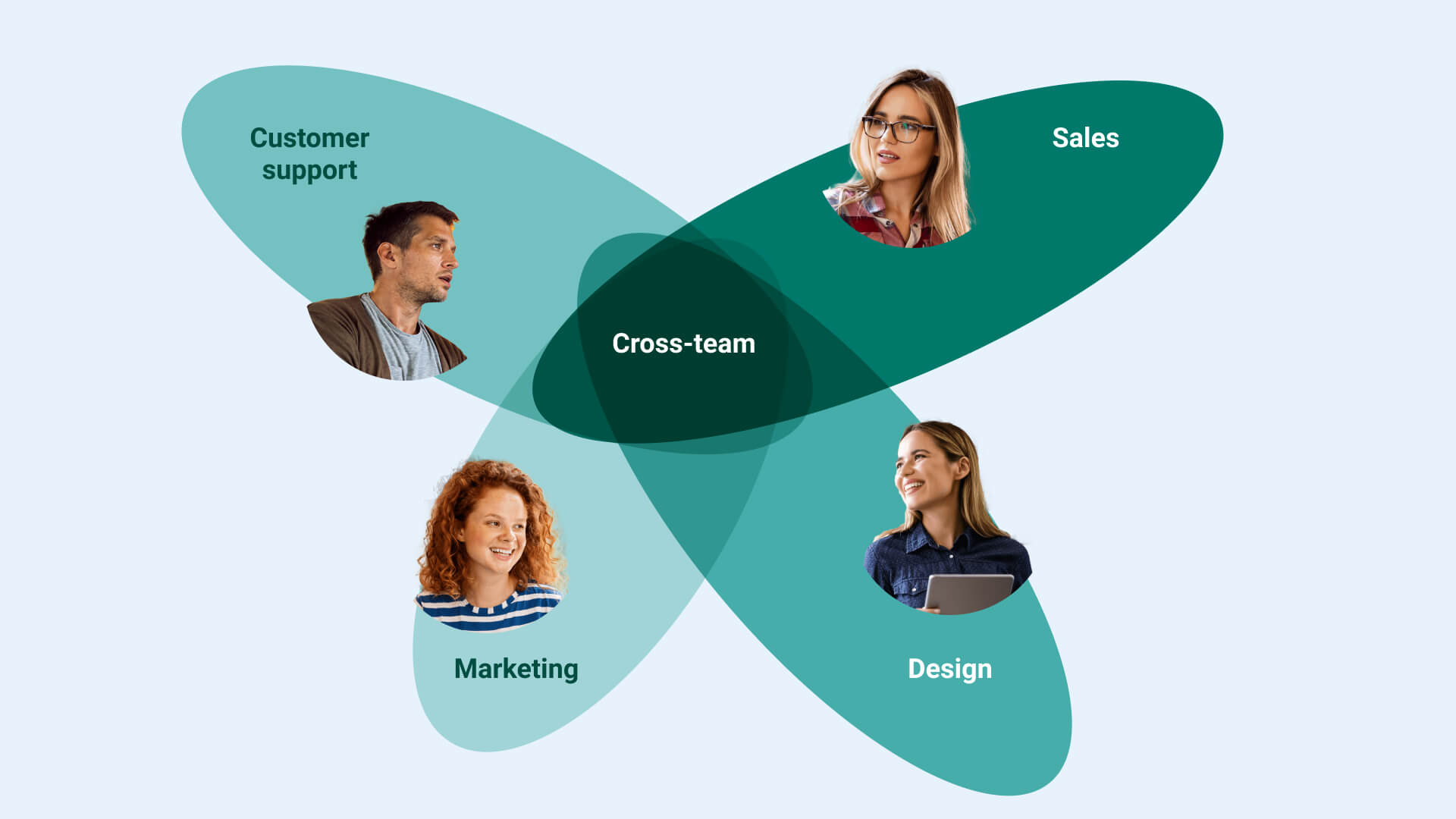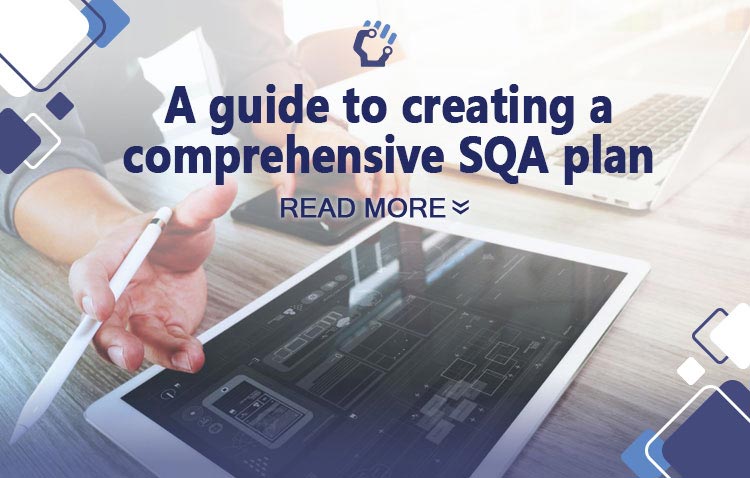Quality assurance (QA) is a vital aspect of software development, as it ensures that the software meets the requirements and expectations of the customers and stakeholders. QA involves various activities such as planning, designing, executing, and evaluating tests, as well as monitoring, reporting, and improving the quality of the software.
However, QA is not a one-time activity, but a continuous process that evolves along with the software development lifecycle. QA process maturity refers to the degree of sophistication and effectiveness of the QA process in an organization. It indicates how well the organization can deliver high-quality software products consistently and efficiently.
What is the maturity model in software testing?
A maturity model is a framework that describes the stages of development and improvement of a process or a system. It helps to assess the current state of the process, identify the gaps and weaknesses, and define the goals and actions for improvement. A maturity model also provides a common language and a set of best practices for the process.
There are different maturity models for software testing, which focus on different aspects of the QA process, such as the test process, the test organization, the test tools, the test metrics, the test automation, and the test management. Some of the most popular maturity models for software testing are:
-
Test Maturity Model integration (TMMi)
-
Test Process Improvement (TPI)
-
Test Organization Maturity Model (TOMM)
-
Test Automation Maturity Model (TAMM)
-
Test Metrics Maturity Model (TMMM)
How can an organization know which model they need for their specific needs?
There is no one-size-fits-all solution for choosing a maturity model for software testing. Each organization has its own context, goals, challenges, and needs, and therefore, needs to select a model that suits its situation and objectives. Some of the factors that can influence the choice of a maturity model are:
-
The size and complexity of the software projects and products
-
The type and level of testing required for the software
-
The availability and maturity of the test resources, such as the test team, the test tools, the test environment, and the test data
-
The budget and time constraints for the testing activities
-
The expectations and requirements of the customers and stakeholders
-
The culture and values of the organization
To choose a maturity model for software testing, an organization can follow these steps:
-
Define the purpose and scope of the maturity assessment
-
Review the existing QA process and identify the strengths and weaknesses
-
Compare and evaluate the different maturity models and select the one that best fits the purpose and scope
-
Conduct the maturity assessment using the selected model and collect the data and evidence
-
Analyze the results and identify the gaps and improvement areas
-
Define the improvement plan and prioritize the actions
-
Implement the improvement actions and monitor the progress and outcomes
-
Repeat the maturity assessment periodically and measure the improvement
Why QA maturity matters?
QA maturity matters because it affects the quality and success of the software products and projects. A mature QA process can provide the following benefits:
-
Higher customer satisfaction and loyalty
-
Lower defect rates and rework costs
-
Faster time to market and delivery
-
Better alignment with the business goals and needs
-
Higher productivity and efficiency
-
Greater innovation and competitiveness
-
Improved risk management and compliance
-
Enhanced learning and collaboration
The benefits of having an established QA process maturity model for your business
Having an established QA process maturity model for your business can help you to achieve the following benefits:
-
A clear and consistent vision and direction for the QA process
-
A structured and systematic approach for the QA process improvement
-
A benchmark and a reference for the QA process performance and quality
-
A roadmap and a guidance for the QA process implementation and execution
-
A tool and a method for the QA process evaluation and measurement
-
A source and a support for the QA process best practices and standards
-
A motivation and a recognition for the QA process excellence and maturity

QA maturity models: Overview
There are many QA maturity models available, but two of the most widely used and recognized ones are the TMMi and the TPI models. These models have different perspectives and approaches for the QA process maturity, but they share some common features and principles, such as:
-
They are based on the Capability Maturity Model Integration (CMMI) framework, which defines five levels of maturity for a process: initial, repeatable, defined, measured, and optimized
-
They cover the entire software development lifecycle, from the requirements to the maintenance
-
They define the key process areas and the specific practices for each maturity level
-
They provide the assessment methods and the criteria for the maturity evaluation
-
They support the continuous improvement and the alignment with the business goals
Custom models
Some organizations may choose to create their own custom models for the QA process maturity, based on their specific needs and preferences. Custom models can offer more flexibility and adaptability for the organization, but they also require more effort and resources to develop and maintain. Custom models should follow some general guidelines, such as:
-
They should be aligned with the organization’s vision, mission, values, and strategy
-
They should be based on the industry standards and best practices
-
They should be relevant and applicable for the organization’s context and environment
-
They should be clear and concise, and easy to understand and communicate
-
They should be realistic and achievable, and provide value and benefits for the organization
Globally recognized models: TMMi and TPI
TMMi model: QA process perspective
The TMMi model is a maturity model that focuses on the QA process, and how it can be improved and integrated with the software development process. The TMMi model defines five levels of maturity for the QA process, and each level has a set of key process areas and specific practices that describe the capabilities and the activities of the QA process. The TMMi model also provides a detailed assessment method and a scoring system for the QA process maturity evaluation.
The five levels of maturity of the TMMi model are:
Level 1 (Initial)
At this level, the QA process is informal and chaotic, and there is no consistent and systematic approach for testing. The testing activities are ad hoc and reactive, and depend on the individual skills and efforts of the testers. The testing results are unpredictable and unreliable, and the quality of the software is low and variable.
Benchmarks for QA:
-
There is no test policy or test strategy
-
There is no test planning or test estimation
-
There is no test design or test specification
-
There is no test execution or test reporting
-
There is no test environment or test data management
-
There is no test automation or test tools
-
There is no test measurement or test analysis
-
There is no test evaluation or test improvement
Level 2 (Repeatable)
At this level, the QA process is more disciplined and controlled, and there is some basic testing process in place. The testing activities are planned and managed, and follow some standards and procedures. The testing results are more consistent and repeatable, and the quality of the software is improved.
Benchmarks for QA:
-
There is a test policy and a test strategy
-
There is a test plan and a test estimate
-
There is a test design and a test specification
-
There is a test execution and a test report
-
There is a test environment and a test data management
-
There is some test automation and test tools
-
There is some test measurement and test analysis
-
There is some test evaluation and test improvement
Level 3 (Defined)
At this level, the QA process is more defined and standardized, and there is a common testing process across the organization. The testing activities are aligned and integrated with the software development process, and follow the best practices and guidelines. The testing results are more reliable and valid, and the quality of the software is higher.
Benchmarks for QA:
-
There is a test organization and a test team
-
There is a test lifecycle and a test methodology
-
There is a test design technique and a test coverage criterion
-
There is a test case management and a test defect management
-
There is a test configuration management and a test change management
-
There is a test automation framework and a test tool integration
-
There is a test metric and a test indicator
-
There is a test review and a test audit
Level 4 (Measured)
At this level, the QA process is more measured and quantified, and there is a data-driven testing process in the organization. The testing activities are based on the measurement and analysis of the testing performance and quality. The testing results are more objective and accurate, and the quality of the software is optimized.
Benchmarks for QA:
-
There is a test goal and a test objective
-
There is a test requirement and a test risk analysis
-
There is a test quality attribute and a test quality model
-
There is a test verification and a test validation
-
There is a test traceability and a test coverage analysis
-
There is a test optimization and a test prioritization
-
There is a test benchmarking and a test comparison
-
There is a test maturity and a test capability assessment
Level 5 (Optimization)
At this level, the QA process is more optimized and improved, and there is a continuous improvement testing process in the organization. The testing activities are based on the feedback and learning from the testing experience and quality. The testing results are more innovative and competitive, and the quality of the software is excellent.
Benchmarks for QA:
-
There is a test innovation and a test experimentation
-
There is a test learning and a test knowledge management
-
There is a test feedback and a test satisfaction
-
There is a test defect prevention and a test defect prediction
-
There is a test process optimization and a test process automation
-
There is a test improvement plan and a test improvement action
-
There is a test improvement measurement and a test improvement evaluation

TPI model: A generous offer
The TPI model is a maturity model that focuses on the test improvement, and how it can be achieved and measured. The TPI model defines four levels of maturity for the test improvement, and each level has a set of key areas and checkpoints that describe the improvement aspects and the improvement actions. The TPI model also provides a practical and flexible assessment method and a graphical representation for the test improvement evaluation.
The four levels of maturity of the TPI model are:
Level 1 (Initial)
At this level, the test improvement is not a priority, and there is no clear vision or direction for the test improvement. The test improvement activities are sporadic and unplanned, and depend on the individual initiatives and motivations of the testers. The test improvement results are unknown and unmeasured, and the impact of the test improvement is low and uncertain.
Checkpoints for test improvement:
-
There is no test improvement policy or test improvement strategy
-
There is no test improvement plan or test improvement estimate
-
There is no test improvement design or test improvement specification
-
There is no test improvement execution or test improvement report
-
There is no test improvement environment or test improvement data management
-
There is no test improvement automation or test improvement tools
-
There is no test improvement measurement or test improvement analysis
-
There is no test improvement evaluation or test improvement feedback
Level 2 (Controlled)
At this level, the test improvement is more recognized and supported, and there is some basic vision and direction for the test improvement. The test improvement activities are more organized and structured, and follow some standards and procedures. The test improvement results are more visible and monitored, and the impact of the test improvement is improved.
Checkpoints for test improvement:
-
There is a test improvement policy and a test improvement strategy
-
There is a test improvement plan and a test improvement estimate
-
There is a test improvement design and a test improvement specification
-
There is a test improvement execution and a test improvement report
-
There is a test improvement environment and a test improvement data management
-
There is some test improvement automation and test improvement tools
-
There is some test improvement measurement and test improvement analysis
-
There is some test improvement evaluation and test improvement feedback
Level 3 (Established)
At this level, the test improvement is more defined and standardized, and there is a common test improvement process across the organization. The test improvement activities are aligned and integrated with the test process and the software development process, and follow the best practices and guidelines. The test improvement results are more reliable and valid, and the impact of the test improvement is higher.
Checkpoints for test improvement:
-
There is a test improvement organization and a test improvement team
-
There is a test improvement lifecycle and a test improvement methodology
-
There is a test improvement technique and a test improvement criterion
-
There is a test improvement case management and a test improvement defect management
-
There is a test improvement configuration management and a test improvement change management
-
There is a test improvement automation framework and a test improvement tool integration
-
There is a test improvement metric and a test improvement indicator
-
There is a test improvement review and a test improvement audit
Level 4 (Optimized)
At this level, the test improvement is more optimized and improved, and there is a continuous improvement test improvement process in the organization. The test improvement activities are based on the feedback and learning from the test improvement experience and quality. The test improvement results are more innovative and competitive, and the impact of the test improvement is excellent.
Checkpoints for test improvement:
-
There is a test improvement goal and a test improvement objective
-
There is a test improvement requirement and a test improvement risk analysis
-
There is a test improvement quality attribute and a test improvement quality model
-
There is a test improvement verification and a test improvement validation
-
There is a test improvement traceability and a test improvement coverage analysis
-
There is a test improvement optimization and a test improvement prioritization
-
There is a test improvement benchmarking and a test improvement comparison
-
There is a test improvement maturity and a test improvement capability assessment
QA process maturity: Making a choice
Choosing a maturity model for the QA process is not an easy task, as it involves many factors and considerations. However, it is also not an impossible task, as it can be done with some research and analysis, and some guidance and support. Here are some tips and suggestions for making a choice:
-
Understand your current QA process and your desired QA process, and identify the gaps and the improvement areas
-
Review the different maturity models and their features and benefits, and compare them with your QA process and your improvement goals
-
Select the maturity model that best fits your QA process and your improvement needs, and that provides the most value and benefits for your organization
-
Implement the maturity model and follow its steps and practices, and monitor and measure the results and the outcomes
-
Evaluate the maturity model and its effectiveness and efficiency, and identify the strengths and the weaknesses
-
Improve the maturity model and adapt it to your changing QA process and improvement goals, and seek for continuous improvement and excellence
QA process maturity is a journey, not a destination. It requires commitment, dedication, and collaboration from all the stakeholders involved in the software development and testing process. It also requires a maturity model that can guide and support the QA process improvement and integration. By choosing and implementing a maturity model for the QA process, you can achieve higher quality and success for your software products and projects.








